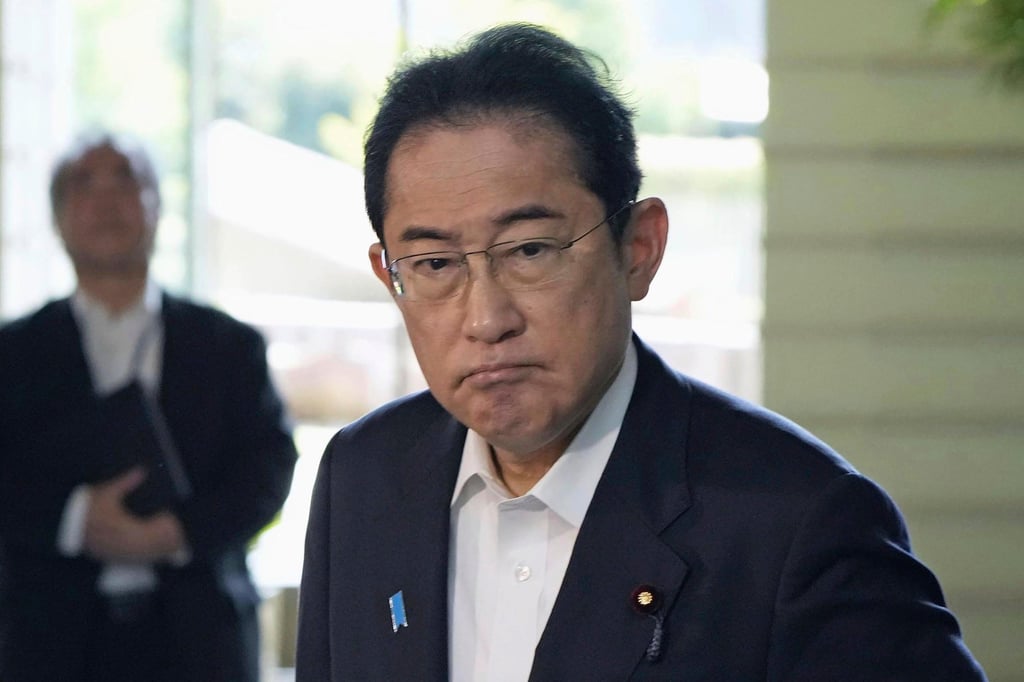Advertisement
Japan’s hardening China stance is ‘clearly a concern’. But ‘behind closed doors’, does Asean accept it?
- Tokyo has once again labelled China its ‘greatest strategic challenge’ in a defence review one analyst called ‘a symptom of the strategic situation’
- Observers say regional elites have likely accepted Japan’s firming stance, even though it has provoked anxiety as they strive to avoid taking sides
Reading Time:3 minutes
Why you can trust SCMP
69

Japan labelled China its “greatest strategic challenge” in a recent defence white paper, and though analysts say Tokyo’s hardening position is “clearly a concern for Southeast Asia” they note that “behind closed doors” regional elites likely understand the approach.
The challenge posed by China is “unprecedented”, Japan said in the annual paper released on July 28, pointing to Beijing’s external stance, military activities and other acts that it said had become a serious concern. In response, Chinese defence ministry spokesman Tan Kefei slammed the “erroneous” paper, saying Tokyo had “crudely” interfered in Beijing’s internal affairs and stirred regional tensions.
Japan’s white paper also underscored the “imminent threat” posed by North Korea and noted that Russia’s military activities in the region, alongside its strategic coordination with China, were of “strong security concern”.
Advertisement
“The region knows that Japan’s strategic posture toward China is getting firmer than before, and this is clearly a concern for Southeast Asia,” said Kei Koga, an associate professor of public policy and global affairs at Singapore’s Nanyang Technological University.

Koga said Japan had been closely communicating with member states of the Association of Southeast Asian Nations on its defence and security posture and was looking to mitigate any confrontation through multilateral engagement.
Advertisement
Advertisement
Select Voice
Choose your listening speed
Get through articles 2x faster
1.25x
250 WPM
Slow
Average
Fast
1.25x